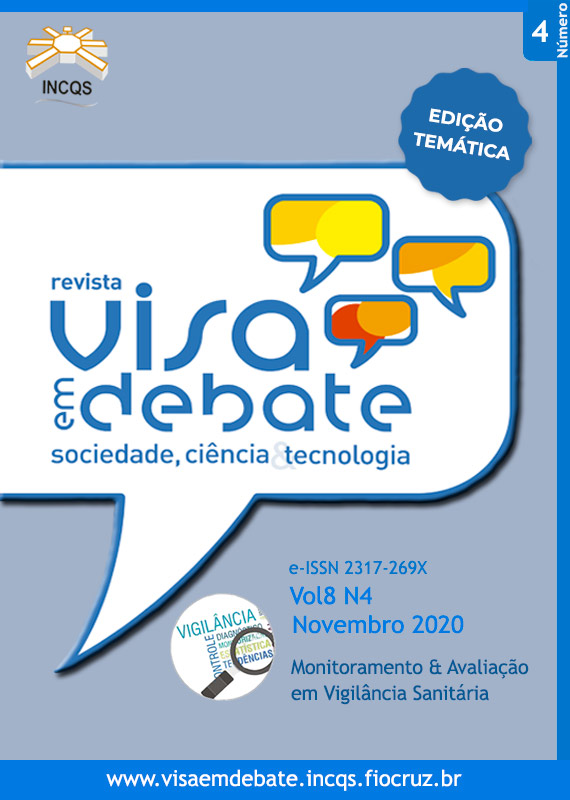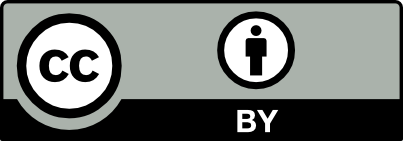Main non-conformities verified in health inspections in family farming and rural production in Minas Gerais
Keywords:
Public Health; Sanitary Inspection; Food Production; Public PolicyAbstract
Introduction: The need to strengthen the initiatives of the productive model of family farming and rural producers in harmony with the procedures for the formalization and production of safe food requires that Health Surveillance departments better assess the risk related to these activities. Objective: To analyze the panorama of inadequacies to good manufacturing practices detected in the health inspections of rural producers or family farmers in the State of Minas Gerais. Method: Cross-sectional study based on the information obtained in the spreadsheet of risk notifications and risk situations (Planilha de notificações de riscos e situações de riscos) from the Health Department of Minas Gerais (Brazil). This spreadsheet collect data from all health inspections in food producing establishments of rural producers and family farmers, was carried out from January of 2017 to December of 2019, at 853 municipalities in the State. Results: 3,442 health inspection risk notifications were analyzed, showing that the highest percentages of non-compliance with hygienic-sanitary requirements were the absence of formal training for handlers, in 26.00% of inspections; the use of non-potable water detected in 16.50% and non-compliance with good practices by handlers, mentioned in 14.20%. On the contrary, the inadequacies of time and temperature in transportation (4.70%), the use of feedstock without registration (5.10%), and the inadequate exposure (6.20%) of the final products represented the non-conformities less referred to in the reports. Conclusions: The main non-conformities observed in inspections of small rural enterprises in Minas Gerais indicate that structural issues are a higher priority regarding health requirements to the detriment of educational and basic sanitation processes. These constraints on compliance with regulations expose the main vulnerabilities that hinder productive inclusion. These findings may serve as a reference for the sector’s development initiatives.
Downloads
Downloads
Published
Issue
Section
License
Copyright (c) 2020 Health Surveillance under Debate: Society, Science & Technology (Vigilância Sanitária em Debate: Sociedade, Ciência & Tecnología) – “Visa em Debate”

This work is licensed under a Creative Commons Attribution-NonCommercial-NoDerivatives 4.0 International License.
COPYRIGHT ALLOWANCE The author (s) hereinafter designated as the ASSIGNOR hereby assign and transfer, free of charge, the ownership of the copyrights related to this ARTICLE to the Vigilância Sanitária em Debate: Sociedade, Ciência & Tecnologia (Health Surveillance under Debate: Society, Science & Technology) – Visa em Debate, represented by FUNDAÇÃO OSWALDO CRUZ, established at Av. Brasil, nº 4365, Manguinhos, Rio de Janeiro, RJ, Brazil, CEP 21045-900, under the conditions set out below: (a) The terms and conditions set forth in this Agreement shall apply to the following: 1. The ASSIGNOR declares that they s(he) is (are) the author (s) and owner (s) of the copyrighted property of the ARTICLE submitted. 2. The ASSIGNOR declares that the ARTICLE does not infringe the copyrights and / or other property rights of third parties, that the disclosure of images (if any) has been authorized and that they s(he) assume(s) full moral and / or property liability for its content, before third parties. 3. THE ASSIGNOR assigns and transfers all copyrights relating to the ARTICLE to the ASSIGNEE, especially the rights of editing, publication, translation into another language and reproduction by any process or technique. The ASSIGNEE becomes the exclusive owner of the rights related to the ARTICLE, and any reproduction, totally or partially, is prohibited in any other means of publicity, printed or electronic, without prior written authorization from the ASSIGNEE. 4. The assignment is free and, therefore, there will be no remuneration for the use of the ARTICLE by the ASSIGNEE.







